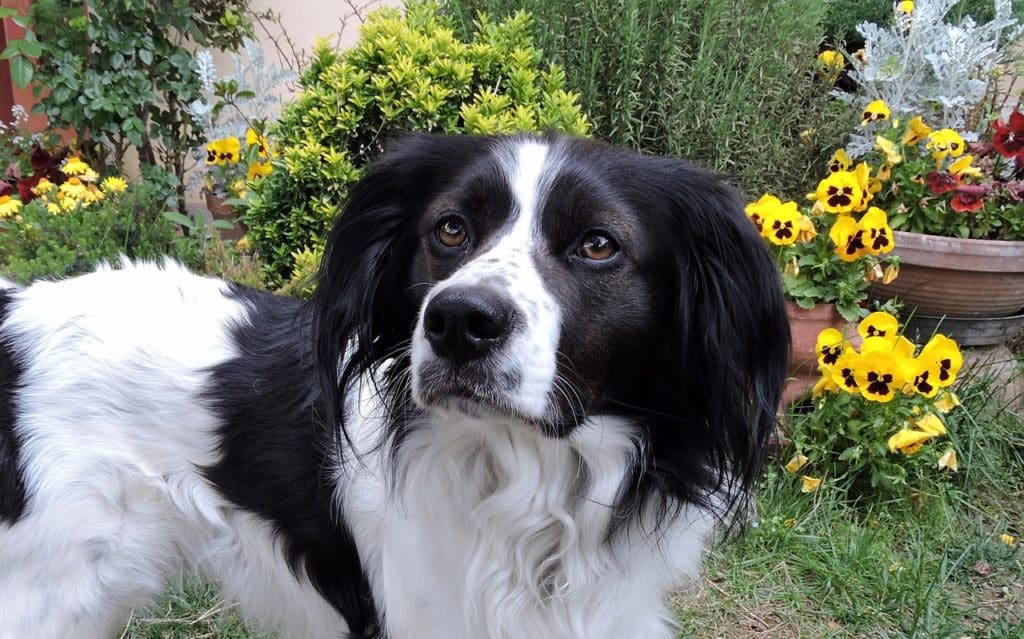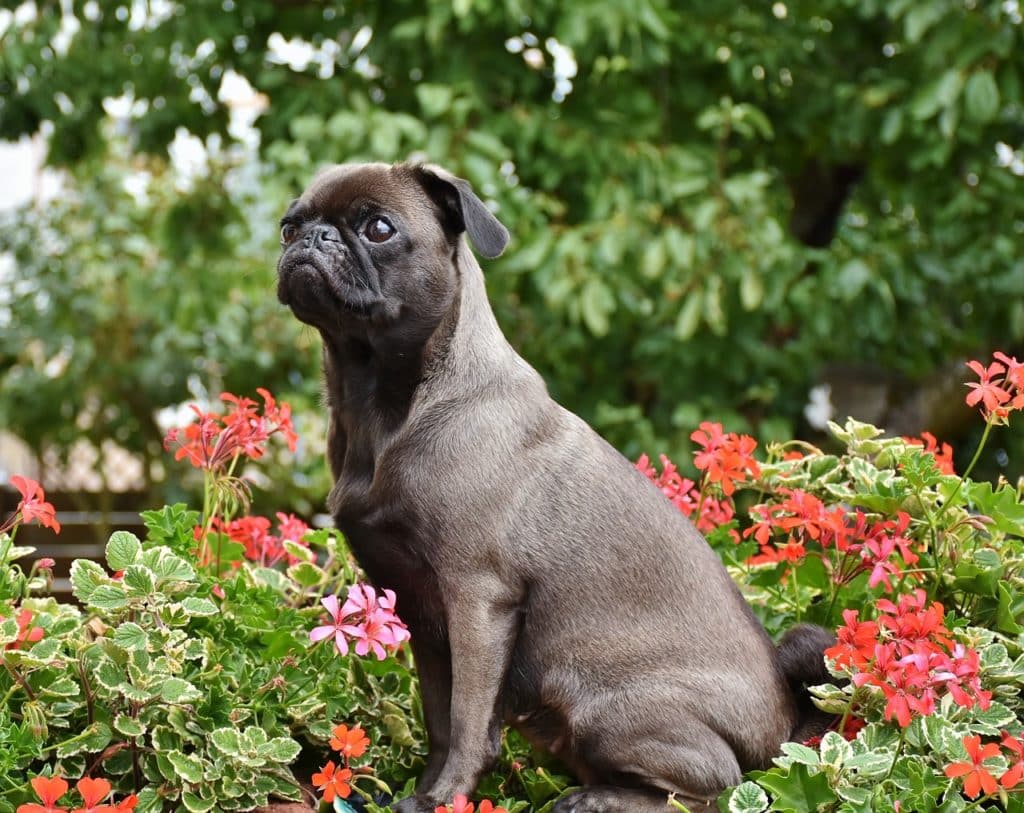With spring on the horizon, you may be considering growing a garden, but are you worried your dog or cat might ruin it? Relax! You can have gorgeous plants both indoors and out that are also pet-friendly, just as long as you follow this list of the do’s and don’ts of pet-friendly plants.
1
DO choose pet-friendly species..and DON’T grow toxic plants
There are hundreds of pet-safe plants in the world, and a few that can pose serious health problems. That being said, if you plant a toxic plant and assume your pet won’t bother it simply because it isn’t where he normally travels, rest assured that he will find and eat the plant—it’s Murphy’s law!
You should avoid planting anything that’s toxic no matter how far away you keep your pet. Avoid plants like daffodils, holly and aloe vera, as well as safe-to-eat but injury-inducing plants like roses.
Many plants can reduce pest populations. Mint, rosemary and lavender can all help repel fleas, ticks and mosquitoes. But some of those same plants, when ingested, are dangerous for pets. Do your research and plant accordingly, avoiding toxic plants like iris and foxglove in any spots where your pet is likely to travel.
2
DO mind your fertilizing
Fertilizing is essential for indoor and outdoor plants, and it’s especially vital that you feed grass and other nutrient-hungry plants. However, you need to pay attention to what you’re using as fertilizer. Dogs commonly eat grass and other plants, and will likely consume whatever you put on your garden to fertilize it. Use natural fertilizers, like compost, on indoor and outdoor plants whenever possible, and keep all packages well out of reach of your pet.
Speaking of fertilizing, your pet might have his own idea of how to nourish your lawn. If you notice brown spots on your lawn from your pet’s less than pleasant business, you should consider removing the waste immediately. Brown spots are easy to rectify with a bit of overseeding.
While we’re on the subject, how do you keep Fido from fertilizing or peeing in your vegetable garden? Consider putting a pet-proof barrier around the vegetable plants.
3
DO pay attention to your landscaping features
If you are planting outside, remember that water is important for your plants just as it is for your pup. Consider adding irrigation features to help keep your plants hydrated, but remember that your pet may take the opportunity to roll under the sprinklers when they turn on.
Mulch is a crucial addition to an outdoor garden, helping your plants thrive under any conditions. However, if you have dogs, you need to pay attention to what you are using as a mulch. The same rule applies if you are using a filler in a container for indoor plants. Avoid cocoa mulch, as this is toxic to dogs, and remember that wood chips or gravel can present a choking hazard if the pieces are too large.
4
DON’T overthink it
Remember that your pet wants to enjoy your home and lawn as much as you do. You need to provide your dog or cat with plenty of space to roam—as well as alternatives to treading over your carefully-planted flower beds or knocking over your carefully positioned containers.
If you have a pet, you need to set your perfectionist tendencies aside. Although you can build your landscape and make adaptations to it according to your pet’s behavior, you should remember that your pet won’t immediately respect the landscape you’ve toiled hard over.
As a result, you should avoid planting in areas where your pet tends to walk. Plant your flowers and grasses densely, and line all of your beds with traffic-resistant ground covers to prevent any accidental squishing. Avoid planting fragile plants, or plant them in containers or in the center of densely-planted groups when possible. This will help protect them against your pet’s wandering feet.
At the end of the day, remember that gardening is something to be enjoyed, regardless of whether you are planting indoors or outside. Don’t panic if a few mishaps occur—it is easy to retrain your pet and plan your garden so that you can enjoy all the benefits of being a gardener and a pet-owner at the same time.
Lucy Crawford is a home design and DIY writer, and lover of herbal tea. With her busy hands, she is always challenging herself with a new DIY project. She enjoys designing spaces where she can relax and enjoy a good book.





















